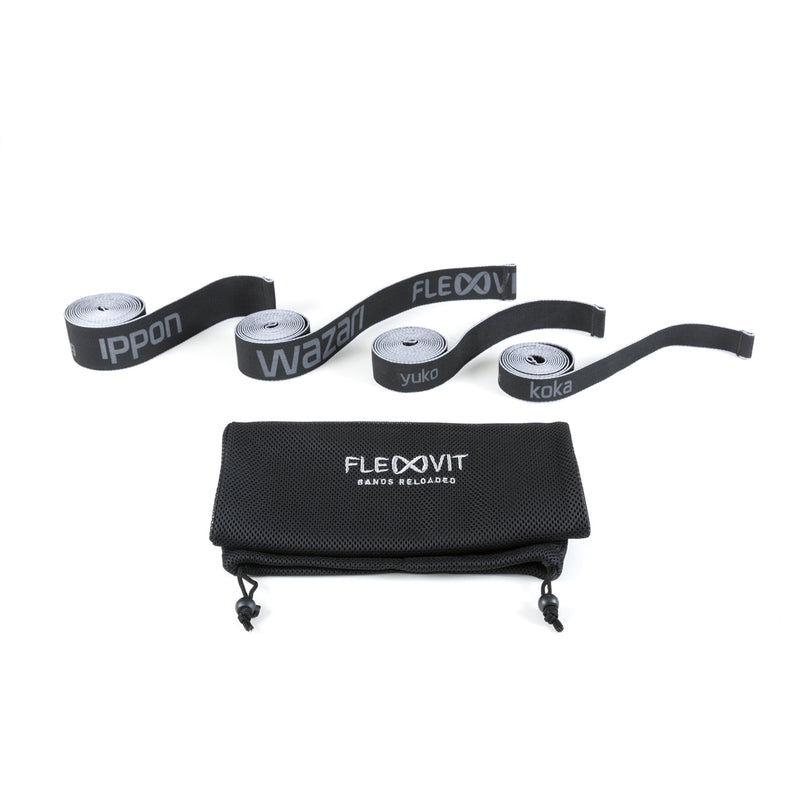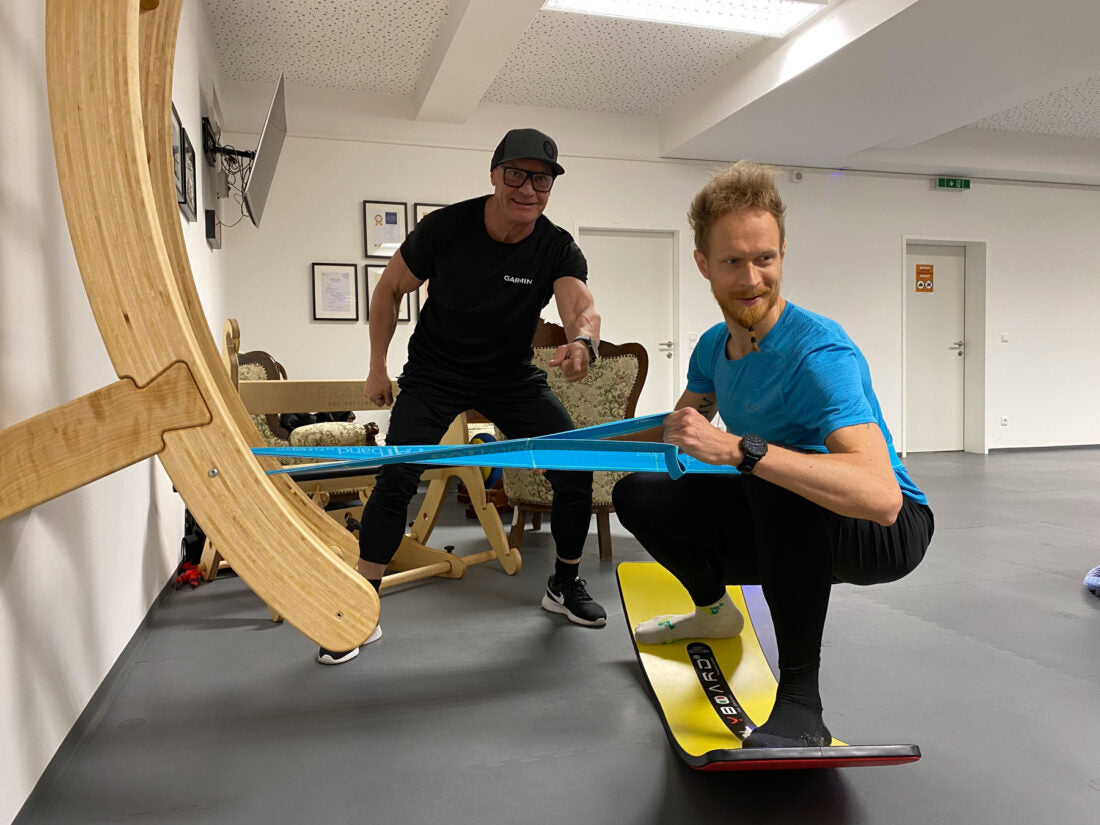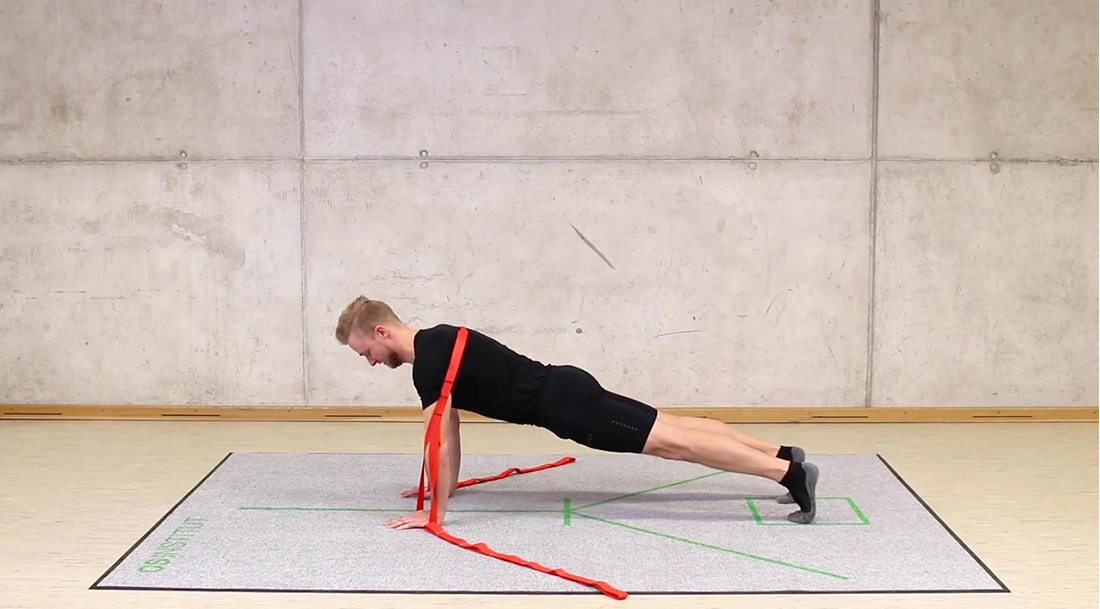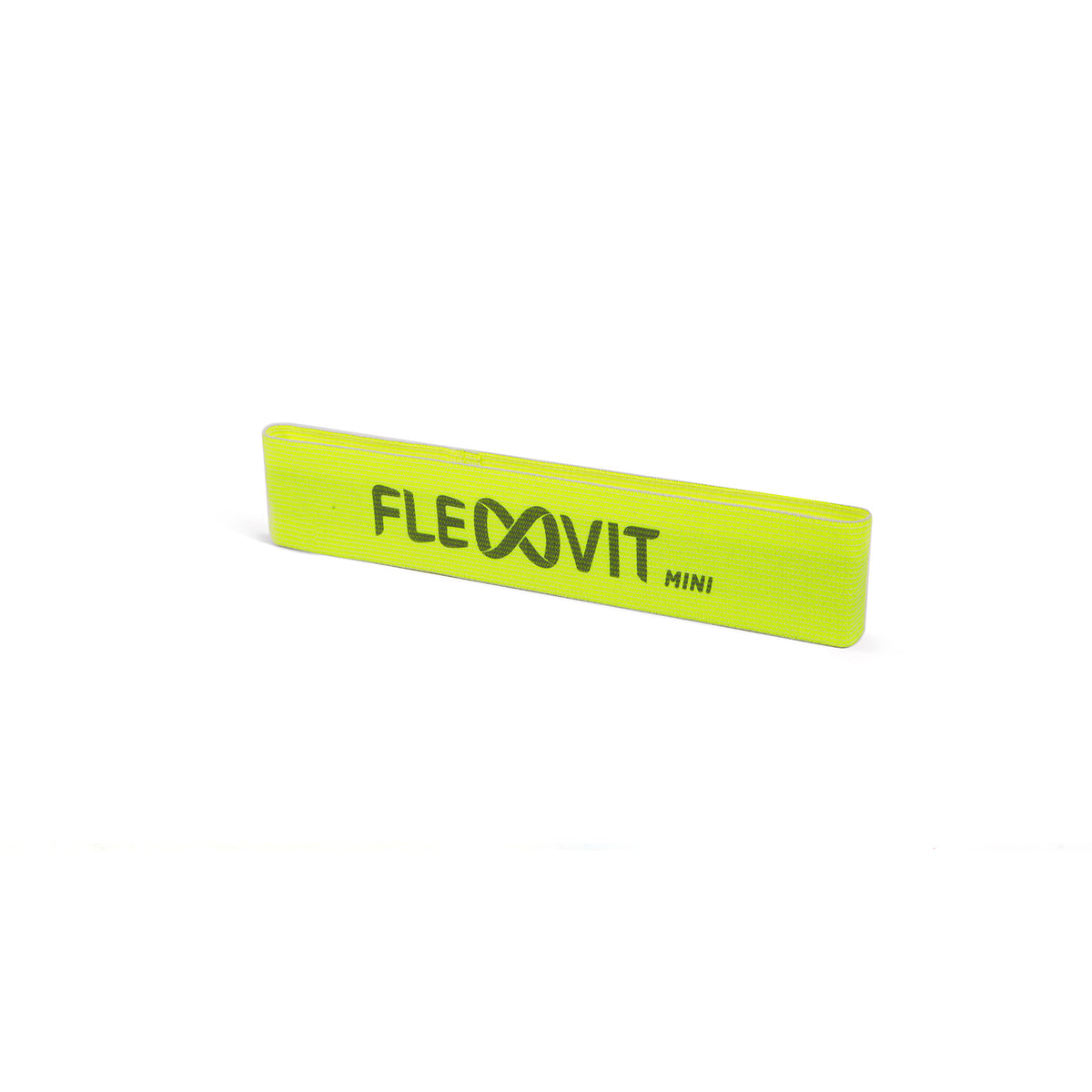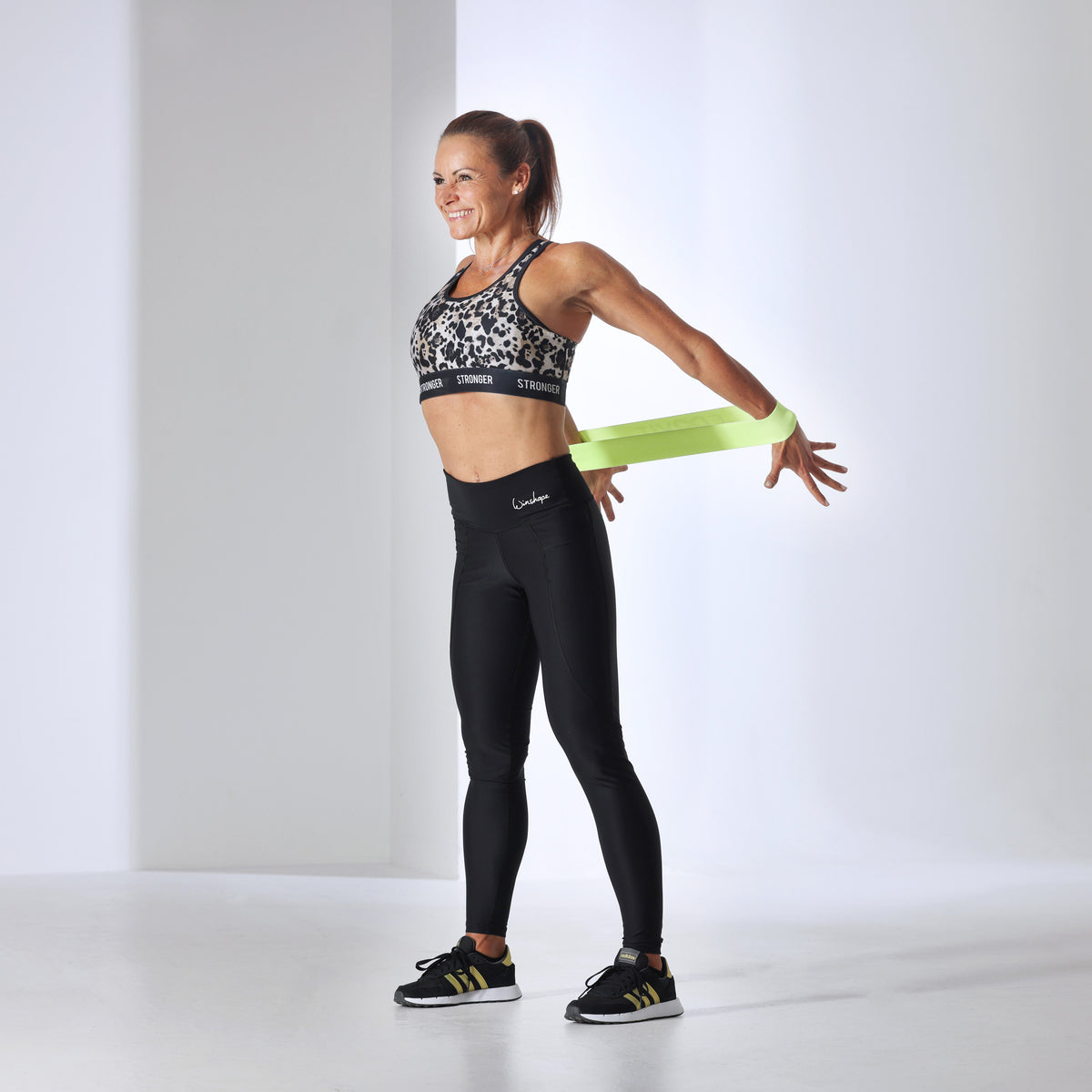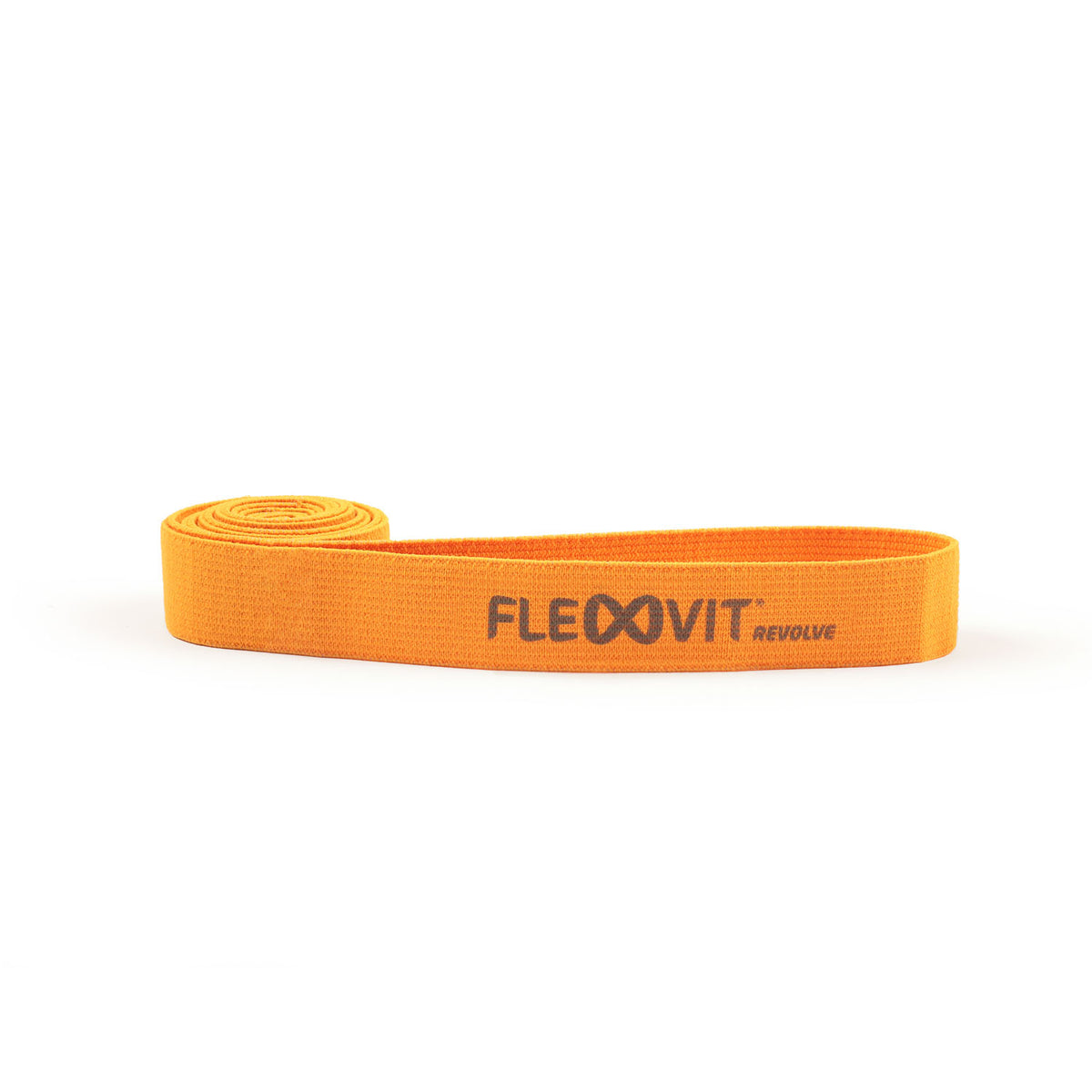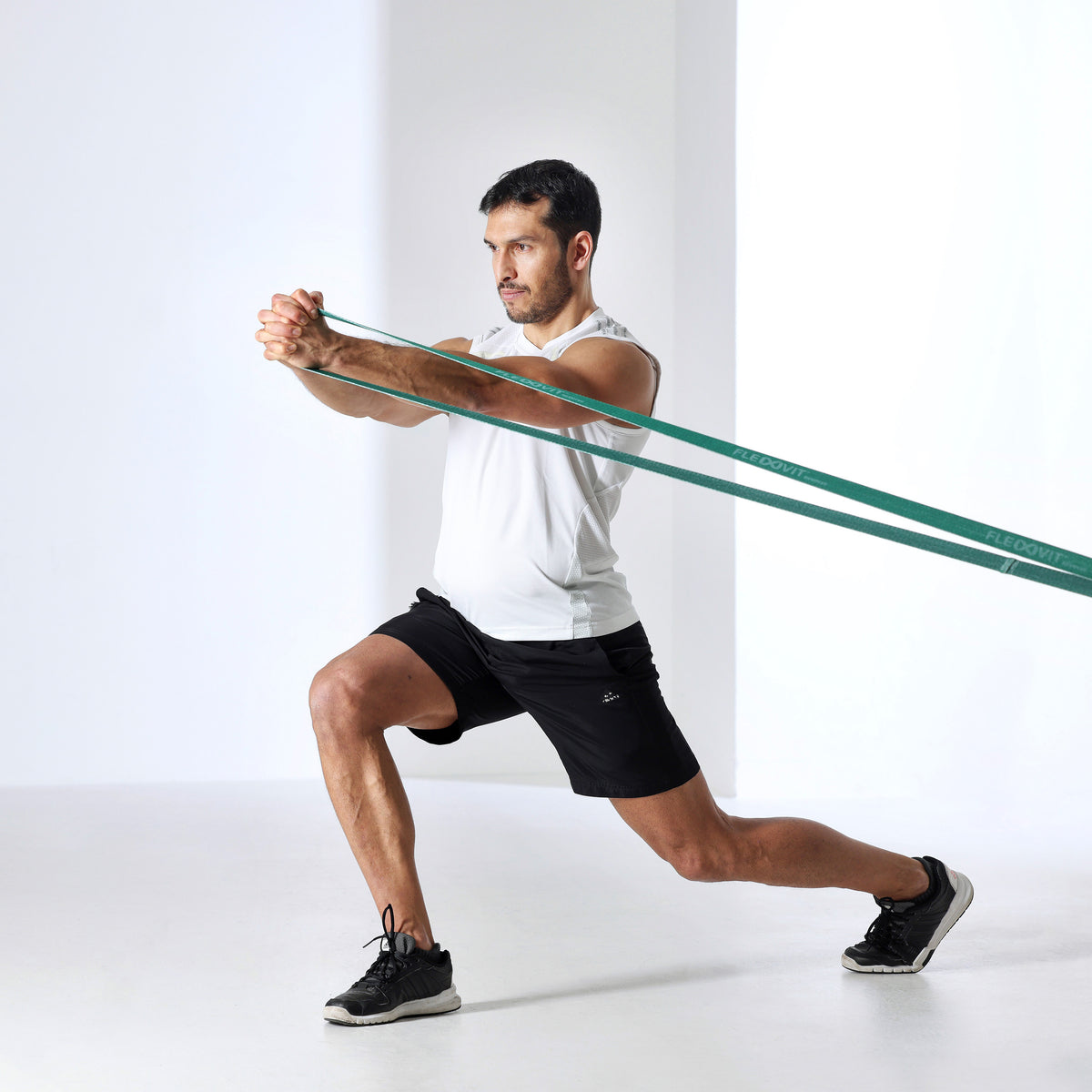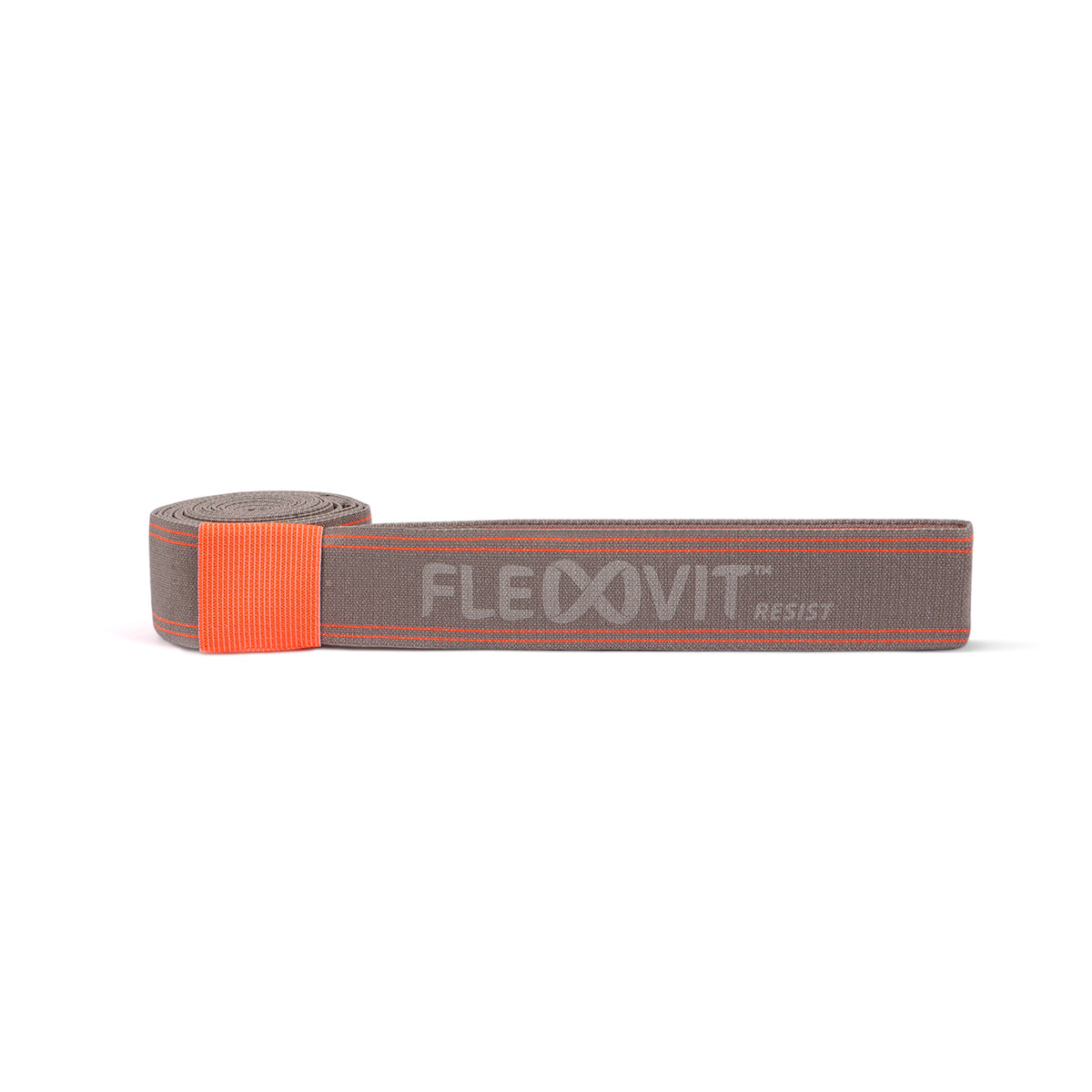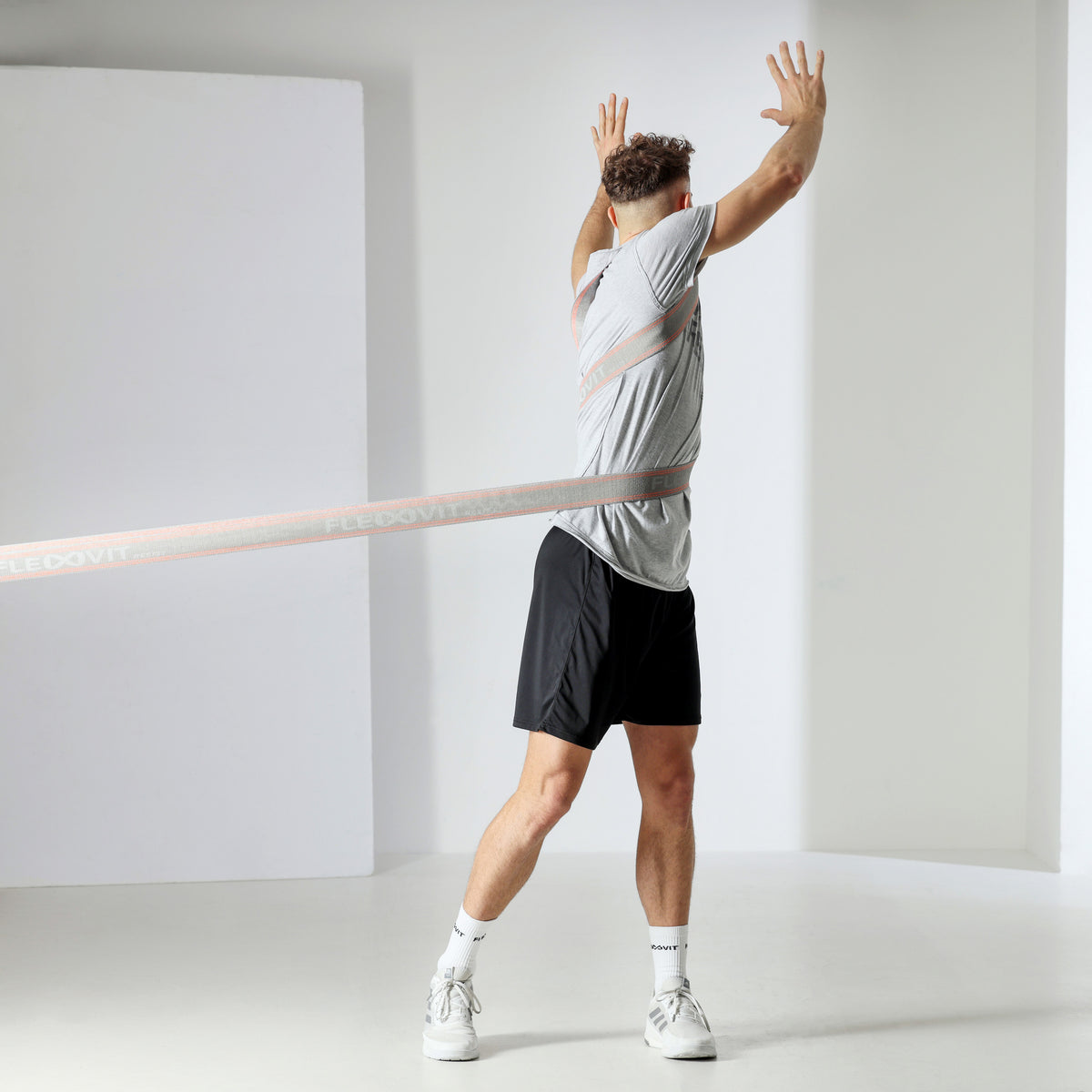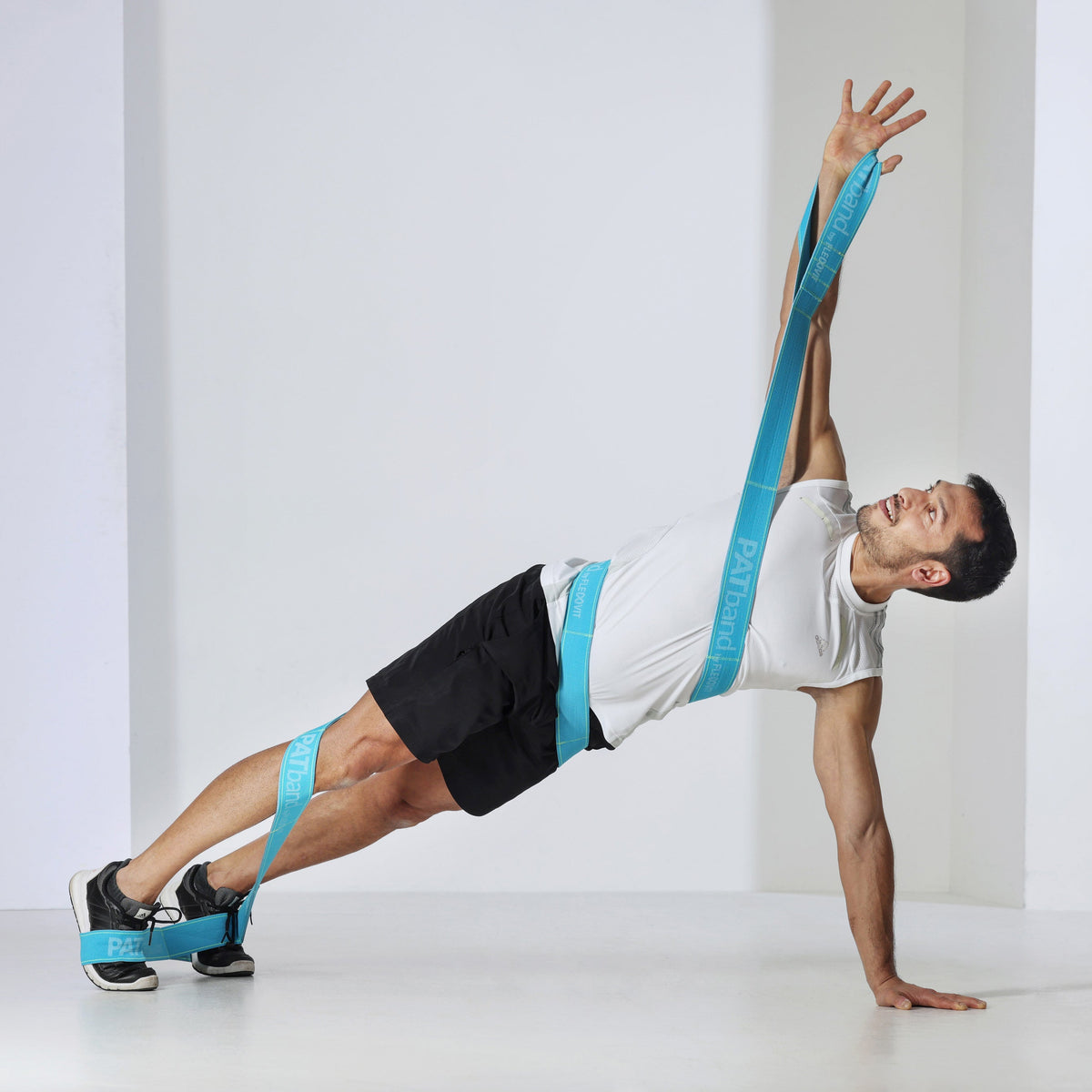Guest post by NeuroXtrain
Over the past few decades, many preventative efforts have been made to prevent anterior cruciate ligament (ACL) ruptures. Unfortunately, the prevalence of cruciate ligament tears has still not decreased. In various sports such as basketball, football (men and women included), anterior cruciate ligament tear rates have increased steadily from 2004 to 2013. In 2012, Sadoghi et al. found that female athletes who begin an ACL prevention program can expect a 52% reduction in the risk of suffering an ACL tear.
However, the reduction in anterior cruciate ligament injuries is more likely to be achieved in lower leagues. Because the routine is completely different and neuromuscular preventative adjustments are more important than in higher leagues. The athletes there are already well trained.

Non-contact ACL injury
The mechanism of a non-contact ACL injury usually involves a single-leg landing or sidestep cut. Sometimes player-to-player contact can disrupt the athlete's balance and contribute to the occurrence of the ACL rupture. A slight physical contact causes a sudden change in the athlete's planned movements. This puts the athlete at risk for an anterior cruciate ligament knee injury as there is a very short window of opportunity for corrective action.
Preventing an ACL injury and ACL tear is all about the reflex mechanism and response. Indeed, if the knee is in a risk position, the athlete should react quickly. He must adjust the postural strategy to get back into a safety position for the knee.
Timing is the biggest risk factor
The timing is tricky: the athlete's central nervous system needs about 120-140 ms to generate an appropriate response. Because an ACL injury occurs within 50 ms of ground contact, anterior cruciate ligament rupture can occur quickly.
Walden et al. identified the three main mechanisms for non-ground ACL injuries in professional football.
Prevention programs should take this into account and, depending on the sport, develop specific cruciate ligament exercises for the most common mechanism of injury.
TOP 3 cruciate ligament tear risk factors in professional football:
- Pressing with a defensive action towards the opponent
- Return to balance after a kick
- Landing after a header
Risk factors
To design an ACL prevention program, we must rely on a linear relationship between the risk factors and the occurrence of ACL knee injuries. In 2016, Bittecourt et al. 2016 proposed a complex systems approach to improve understanding of the etiology of injuries. To summarize their findings, we should know the following:
- The linear approach only considers individual elements (fatigue, dynamic valgus, etc.).
- The complex approach continues. He examines the interactions between all elements (risk factors) taking into account various dimensions (physiology, psychology, etc.).
- The linear approach is useful for designing exercises for a prevention protocol.
- The complex approach is the most difficult to apply, but allows for a much better ACL rupture prevention protocol program.
Restrictions and work instructions
Current programs have some limitations. There is a lack of transfer of practiced exercises with very conscious control to the automatic movements required for complex, unexpected events on the field (Benjaminse et al. 2015).
The goal is for athletes to gain the ability to maintain optimal motor control during complex sporting events while minimizing their risk of an ACL knee injury or cruciate ligament tear.

Motor control and elastic fitness bands
Motor control is very important in the prevention of knee injuries. The brain controls everything: we have to train the muscles in a certain way to respond in the right way at the right time.
Athletes benefit from information in the process of acquiring motor skills by making them aware of specific movements. Even when preventing ACL knee injuries, instructions focus the athlete's attention on different aspects of the movement. In the field of motor learning, this type of attention control is called “internal focus”.
The instructions are aimed at performing the movements themselves:
- “Keep the knee over the tip of the foot”
- “Land with one knee bent”
- “Raise your knee to hip height”
Prevention of knee injuries is possible by improving knee awareness and control during balance, change of direction, jumping and landing skills. Unfortunately, it limits the capacity needed for sport-specific tasks such as the rapid and complex motor skills required for rapid reactions in competition. An “external focus” of attention is induced when an athlete's attention is focused on the outcome or effects of the movement (e.g., when landing from a jump: “trying to land on the floor markings”). Numerous studies have found that an external focus of attention makes motor learning more effective through unconscious or automatic processes.

External focusing improves motor performance and movement skills (increased retention of information), compared to internal focusing of attention. While maintaining or improving performance (e.g. vertical jump, jump distance), these adjustments effectively prevent knee injuries:
- greater knee flexion angles
- more important shift in focus
- lower maximum vertical ground reaction force
- better neuromuscular coordination
- Preventing sports injuries to the knee
These results are promising as they balance a reduction in the risk of ACL (improved movement technique) knee injury without a reduction in performance. By using external focus instruction, motor skills require fewer attentional demands because they are performed in a more automated manner. Consequently, more strategies are available to anticipate situations on the ground and take appropriate actions based on the feedback (information return) or feedforward (anticipation).
An example to illustrate the use of an external focus of attention to improve postural stability: To promote external concentration of attention, the athlete should be instructed to “concentrate on keeping the elastic band horizontal and taut.” Instructions such as “stabilize your knee” are less effective because they induce an internal focus of attention.
Why is it recommended to incorporate elastic bands into ACL prevention programs?
Elastic fitness bands are very popular and are used in sports for rehabilitation, strengthening or prevention. In fact, the elastic properties of resistance bands allow athletes to optimally control their movements. The eccentric force exerted by the band during the return of a movement forces the athlete to develop his proprioceptive control and drives his fibers eccentrically. Herman et al. have proven that elastic bands are also very effective in improving isometric strength in the hamstrings and quadriceps. Thanks to the linear approach already mentioned, we know that several risk factors in particular are responsible for anterior cruciate ligament rupture:
- Dynamic valgus (landing, change of direction, etc.)
- Weakness of the hamstrings (too weak to counteract the front thrust of the knee)
The elastic resistance band is probably one of the best options for correcting dynamic valgus. We can also use resistance bands to increase hamstring strength. Here are 3 interesting ACL exercises to incorporate into an ACL prevention program using FLEXVIT® bands:
Fitness band exercises
Exercise 1: Jump to step
Dynamic valgus correction.
Order the FLEXVIT Mini now!
Exercise 2: One-legged drop jump
Dynamic valgus correction.
Exercise 3: One-legged diver
Eccentric Hamstring Strength.
Train now with the FLEXVIT Multi!
Sources:
Gokeler, A., Seil, R., Kerkhoffs, G., & Verhagen, E. (2018). A novel approach to enhance ACL injury prevention programs. Journal of Experimental Orthopedics, 5(1), 0–5. Article under license Creative Commons 4.0. CC BY. Modifications apportées: Traduction and vocabulary. https://creativecommons.org/licenses/by/4.0/
Monajati, A., Larumbe-Zabala, E., Goss-Sampson, M., & Naclerio, F. (2016). The Effectiveness of Injury Prevention Programs to Modify Risk Factors for Non-Contact Anterior Cruciate Ligament and Hamstring Injuries in Uninjured Team Sports Athletes: A Systematic Review. PloS one, 11(5), e0155272. Article under license Creative Commons 4.0. CC BY. Modifications apportées: Traduction and vocabulary. https://creativecommons.org/licenses/by/4.0/
About the authors 
Antoine Fréchaud (left) and Nathan Touati (right) run NeuroXtrain, a website specializing in writing articles and various content on the topics of sports science, athlete rehabilitation, performance and new technologies for athlete health.
You can find more articles from NeuroXtrain in our blog or online.
Practical content such as videos on specific rehabilitation/prevention/strengthening exercises and much more:
Instagram | Facebook | LinkedIn

DISCLAIMER: This content (the description, images and videos) does not constitute medical advice or treatment plan and is intended for general educational and demonstration purposes only. This content should not be used for self-diagnosis or self-treatment of any health, medical or physical condition. This content cannot replace professional advice or medical advice. To be on the safe side, before using exercises to combat specific complaints, you should always consult a doctor or physiotherapist.

